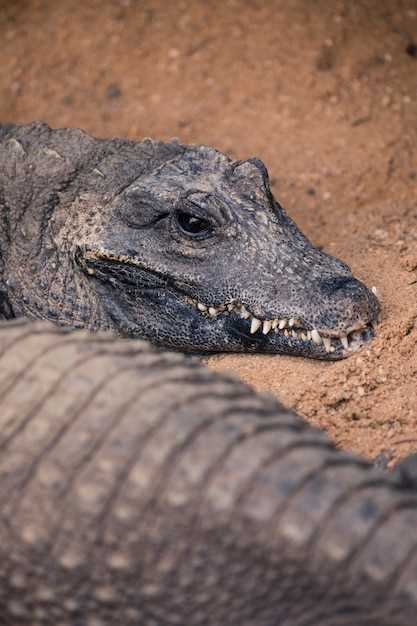Evaluating the Safety of Crocodile Tours
Venturing into the habitats of these ancient reptiles offers an unparalleled opportunity to witness their raw beauty up close. Such adventures, though thrilling, require careful consideration of various aspects to ensure a memorable yet tranquil experience.
Understanding potential hazards and how to mitigate them allows travelers to enjoy their expedition confidently. Knowledge of behavior, appropriate conduct, and expert guidance is crucial for blending adventure with prudence. Engage in this exhilarating activity without compromising on vigilance and respect for nature.
Are Crocodile Tours Safe?
Engaging in excursions involving these ancient reptiles can provoke questions concerning their reliability. While these adventures offer a unique opportunity to witness wildlife in their natural habitat, it’s crucial to understand underlying risks and how to mitigate them effectively.
Understanding the Risks
Observing these creatures in their natural environment requires knowledge of their behavior patterns and environmental factors. Unpredictable movements and sudden changes in weather can create challenges. Hence, participants are encouraged to remain alert and informed about possible dangers.
Choosing Reputable Operators
Selecting experienced and trustworthy providers plays a pivotal role in ensuring a secure experience. These companies adhere to stringent protocols, providing well-trained guides and appropriate safety measures. Opting for recognized operators with positive reviews can significantly enhance security during these expeditions.
Preparation and Awareness are critical components for those eager to partake in these unique wildlife experiences. By staying informed and choosing reputable services, participants can better appreciate the adventure while minimizing potential hazards.
Key Precautions for Crocodile Tours
Understanding the guidelines for ensuring a secure and enjoyable experience while observing these magnificent reptiles in their natural habitats is crucial. Adhering to specific measures can significantly enhance the probability of an incident-free adventure for all involved.
Listen to Guides
Professional guides have extensive knowledge of the environment and animal behavior. Always pay close attention to their instructions to prevent dangerous situations.
Maintain a Safe Distance
Staying at a safe distance from reptiles is critical. Respecting their space helps to avoid provoking aggressive responses, ensuring a safer experience for everyone.
Avoid Bright Clothing
Wearing neutral or subdued colors can help reduce attention from these reptiles. Bright clothing can be startling and may cause unpredictable behavior.
Do Not Feed the Wildlife
Feeding these animals can lead to unnatural behavior and dependency on humans, increasing the risk of aggressive encounters. Always follow guidelines regarding interaction with wildlife.
Secure Personal Belongings
Loose items can easily fall into the water, attracting unwanted attention from creatures below. Ensure all belongings are properly secured to prevent accidents.
By following these precautions, participants can enhance not only their own security but also contribute to the preservation of the natural habitats and the well-being of the creatures encountered.
Understanding Crocodile Behavior

Grasping the natural tendencies and habits of these powerful reptiles is crucial for ensuring a less hazardous encounter. Through comprehension of their instincts, movements, and triggers, visitors can better appreciate these ancient creatures from a secure distance.
Natural Habitat and Activity Patterns
Inhabitants of both freshwater and saltwater regions, these reptiles are typically found in rivers, lakes, wetlands, and sometimes coastal areas. Their activity is heavily influenced by the time of day, temperature, and weather conditions. Usually, they bask in the sun during the day and become more active at dusk or night, seeking prey or patrolling their territory. Observing them during low-activity periods, such as midday, reduces potential risks.
Diet and Hunting Techniques
Their diet primarily consists of fish, birds, and small to medium-sized mammals. Utilizing stealth and patience, they often lie in wait near the water’s edge or submerged under the surface, striking swiftly when prey approaches. Understanding their feeding behavior is key to maintaining distance and avoiding inadvertently attracting their attention.
Aggressive Displays can be triggered by various factors, including territorial disputes, protection of young, or perceived threats. Huffing, jaw snapping, and sudden movements in the water are indicators of agitation. Observing these signals and maintaining a respectful distance is vital for ensuring a secure experience.
